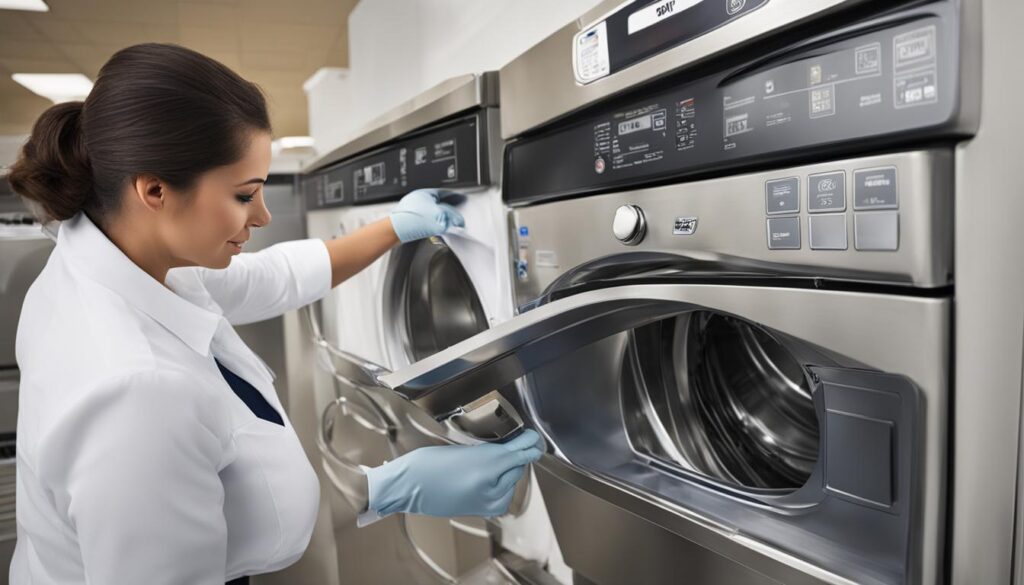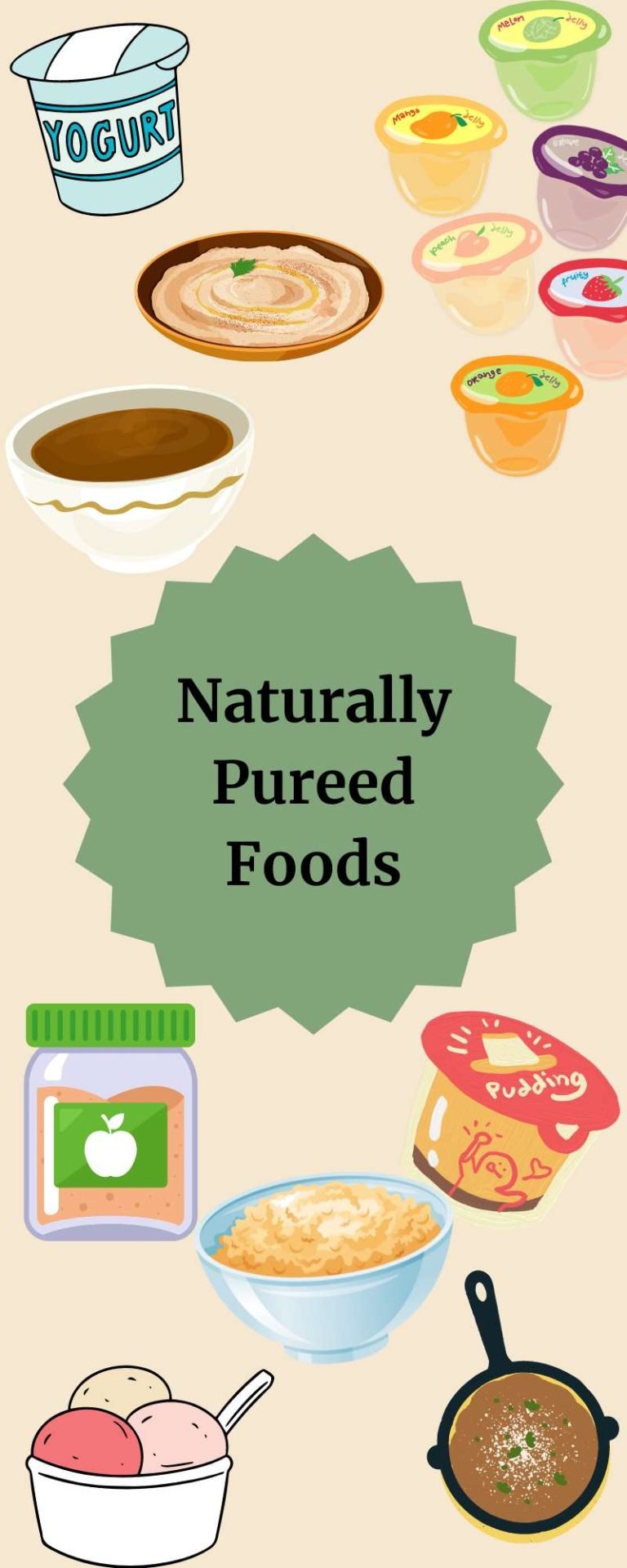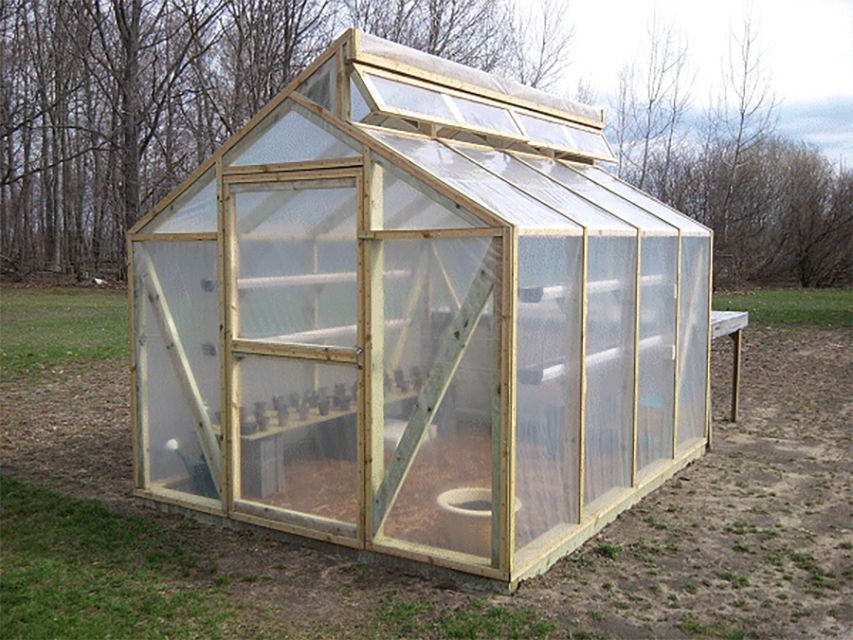Understanding Food Temperatures That Promote Rapid Bacterial Growth
Introduction: Why Food Temperature Matters for Safety
Food safety is an essential aspect of both home and commercial kitchens. One of the most significant factors influencing food safety is temperature control. When food is stored or served at improper temperatures, bacteria can grow rapidly, increasing the risk of foodborne illness. This article explores which foods are susceptible to bacterial growth at certain temperatures, the science behind temperature danger zones, and provides actionable steps to prevent temperature-related food safety risks.
What Is the Temperature Danger Zone?
The temperature danger zone refers to the temperature range where bacteria multiply most rapidly in foods. According to leading health authorities, this range is between 40°F (4°C) and 140°F (60°C) . Within this zone, bacteria can double in number every 20 minutes, dramatically increasing the potential for foodborne illnesses. The most rapid bacterial growth occurs between 70°F and 125°F (21°C-52°C) , but the entire 40°F to 140°F range is hazardous for perishable foods [4] [5] .
Why Bacteria Thrive in the Danger Zone
Bacteria need three main elements to grow: nutrients (food), moisture, and warmth. Most foods, especially those rich in protein or moisture, provide the perfect environment. When these foods are left in the danger zone for too long, bacteria such as
Salmonella
,
E. coli
, and
Staphylococcus aureus
can multiply to levels that may cause illness
[3]
. Notably, bacteria do not grow well in highly acidic foods, which is why low-acid foods are more at risk.
Which Foods Are Most at Risk?
Foods that are especially susceptible to bacterial growth in the temperature danger zone are called Time/Temperature Control for Safety (TCS) foods . These include:
- Raw and cooked meats (beef, poultry, pork, fish, seafood)
- Eggs
- Dairy products (milk, cheese, soft cheeses, cream)
- Cooked rice, pasta, and potatoes
- Cut fruits and vegetables (melon, tomatoes, leafy greens)
- Sprouts and sprout seeds
- Tofu and other soy protein foods
- Gravies, soups, and broths
When these foods are kept at any temperature between 40°F and 140°F for more than two hours, the risk of dangerous bacterial growth increases significantly [5] [1] .
Real-World Example: Buffet and Potluck Risks
Buffets, potlucks, and picnics often involve food sitting out at room temperature. For example, if cooked chicken is served at a gathering and left on a table for three hours at 75°F, bacteria can multiply rapidly, even if the food looks and smells normal. Such scenarios are a common source of foodborne outbreaks, especially with perishable foods [4] .

Source: wallpapers.com
How to Keep Foods Out of the Danger Zone
Minimizing the time food spends in the danger zone is the most effective way to control bacterial growth. Here’s how you can implement this at home or in a commercial setting:

Source: auspost.com.au
1. Proper Storage
Always refrigerate perishable foods at or below 40°F (4°C) . Use a refrigerator thermometer to ensure accuracy. When serving hot foods, keep them at or above 140°F (60°C) . Never rely on visual cues alone, as many harmful bacteria do not alter the appearance, smell, or taste of food [4] .
2. Time Limits
Do not leave perishable foods out for more than two hours . If the ambient temperature is above 90°F (32°C), this limit drops to one hour . After this time, either return the food to safe temperatures or discard it [5] .
3. Cooking and Holding Temperatures
Cook foods to safe internal temperatures to kill existing bacteria. For example, poultry should be cooked to 165°F (74°C), while ground meats should reach 160°F (71°C). After cooking, keep foods hot (above 140°F) until served. When cooling cooked food, bring it down from 140°F to 70°F (21°C) within two hours, then from 70°F to 40°F within four hours. Rapid cooling can be achieved by dividing food into shallow containers [1] .
4. Reheating
When reheating leftovers, ensure they reach at least 165°F (74°C) throughout. Stir food and check temperature in multiple spots to prevent cold spots where bacteria can survive.
Challenges and Solutions
One major challenge is maintaining safe temperatures during events, travel, or power outages. Portable coolers with ice packs can keep cold foods safe for short periods. Chafing dishes, slow cookers, or warming trays can maintain hot foods above 140°F. In case of power outages, keep refrigerator and freezer doors closed to preserve cold temperatures as long as possible. If in doubt, use a food thermometer and remember: “When in doubt, throw it out.”
Special Considerations: Acidic Foods and Food Matrix Effects
Bacteria do not thrive in highly acidic foods (like vinegar-based salads or citrus fruits), but low-acid foods (meats, dairy, cooked grains) are much more vulnerable. Additionally, the combination of time, temperature, and food type (food matrix) directly impacts how quickly bacteria can grow [3] . Cross-contamination between raw and cooked foods, or use of contaminated utensils, can introduce bacteria even if temperatures are initially safe.
Alternative Approaches: Food Safety Technologies
Modern food safety tools-such as digital food thermometers, time-temperature indicators, and temperature logs-are increasingly being used in commercial kitchens to ensure strict adherence to safe temperature practices. At home, using these tools can further reduce the risk of foodborne illness, especially for vulnerable groups like young children, older adults, and those with weakened immune systems.
Step-by-Step Implementation for Safe Food Handling
- Upon purchasing perishable foods, refrigerate or freeze them promptly.
- When preparing meals, keep raw and cooked foods separate to prevent cross-contamination.
- Use a food thermometer to check internal temperatures, both during cooking and holding.
- Store leftovers in shallow containers and refrigerate within two hours of cooking.
- Label foods with preparation dates and discard after the recommended storage period.
- For large gatherings, assign someone to monitor temperatures and replace food or replenish ice/warmers as needed.
If you need more information about safe food handling, you can contact your local health department or search for “food safety guidelines” at the U.S. Department of Agriculture or your regional public health agency.
Summary and Key Takeaways
Proper temperature control is vital for preventing the growth of harmful bacteria in foods. The temperature danger zone (40°F-140°F) is where bacteria multiply most quickly, especially in protein-rich and moist foods. By understanding which foods are most at risk and implementing time and temperature controls, you can significantly reduce your risk of foodborne illness. When in doubt, always use a food thermometer and minimize the time food spends in the danger zone.
References
- [1] Windsor-Essex County Health Unit (2023). Critical Temperatures for Food Safety.
- [2] Kim, C., et al. (2019). Influence of growth temperature on thermal tolerance of foodborne pathogens.
- [3] University of Iowa Hospitals & Clinics. (2013). Food Bytes: The Temperature Danger Zone.
- [4] LSU AgCenter. (2022). Temperature Danger Zone (40°F-140°F).
- [5] StateFoodSafety. (2018). Time/Temperature Control for Safety (TCS) Foods Poster.
MORE FROM hotondeals.com













